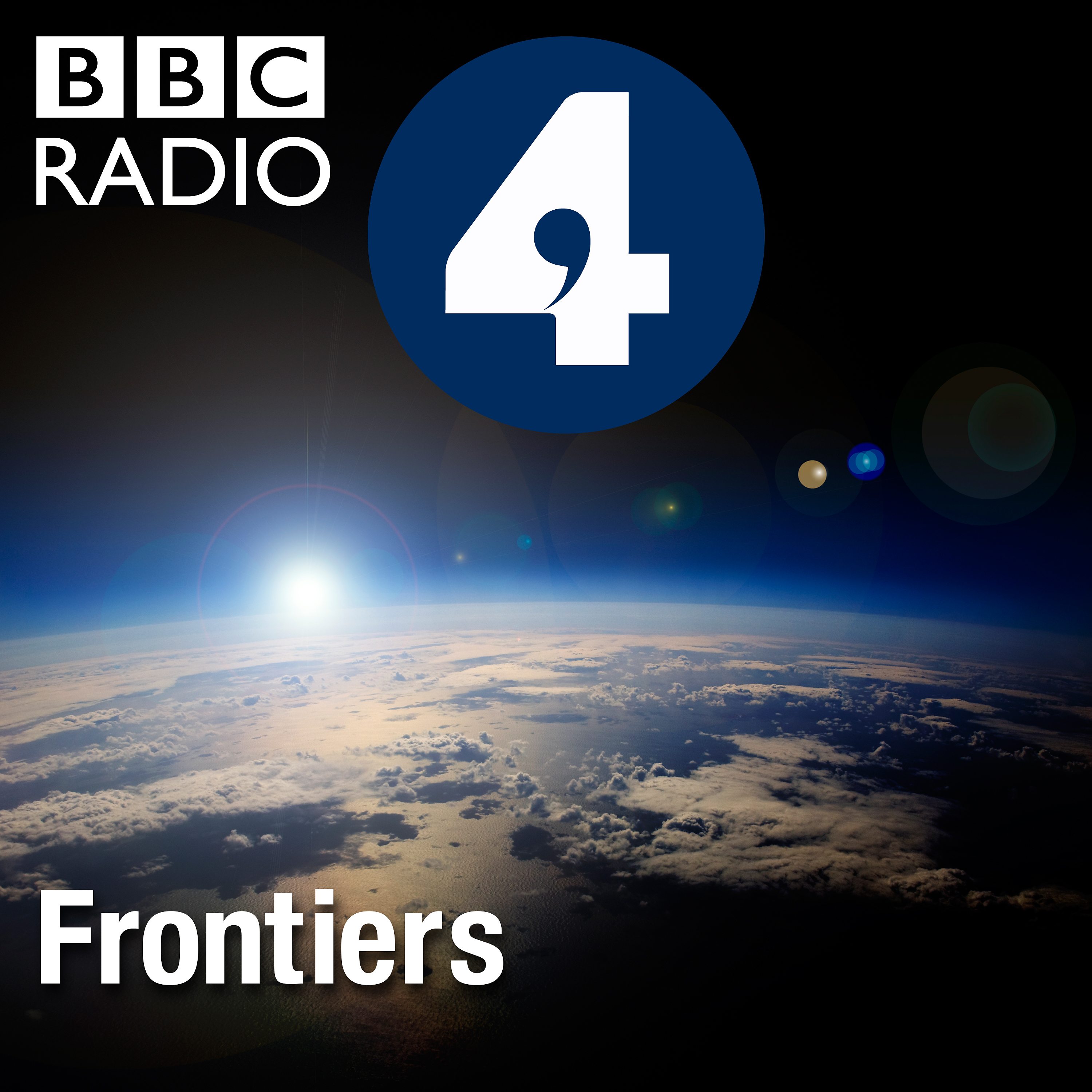Nitrogen Fixing
Description
3.5 billion people are alive today because of a single chemical process. The Haber-Bosch process takes Nitrogen from the air and makes ammonia, from which synthetic fertilizers allow farmers to feed our massive population.
Ammonia is a source of highly reactive nitrogen, suitable not just for fertilizer but also as an ingredient in bomb making and thousands of other applications.
Now we make around 100 million tonnes of ammonia annually, and spread most of it on our fields.
But this is a very inefficient way to use what amounts to 1-2% of the planet's energy needs. Only around 20% of fertilizer made ends up in our food.
Prof. Andrea Sella explores some of the alternative ways we might make fertilizer.
Legumes, such as peas and beans, allow certain cells in their roots to become infected by a specific type of bacteria. In return, these bacteria provide them with their own fertilizer.
Could we infect the plants we want to grow for food - such as cereals - in a similar way to cut down the climatic and environmental impact of Haber-Bosch?
More Episodes
Published 12/24/14
"e-Therapy" has come a long way since the (slightly tongue in cheek) days of ELIZA, a very early attempt at computer based psychotherapy. ELIZA was little more than an algorithm that spotted patterns in words and returned empty, yet meaningful-sounding questions back at the user.
All sorts of...
Published 12/24/14
Dr Hannah Fry investigates the hidden patterns behind terrorism and asks whether mathematics could be used to predict the next 9/11.
When computer scientists decided to study the severity and frequency of 30,000 terrorist attacks worldwide, they found an distinctive pattern hiding in the...
Published 12/23/14


